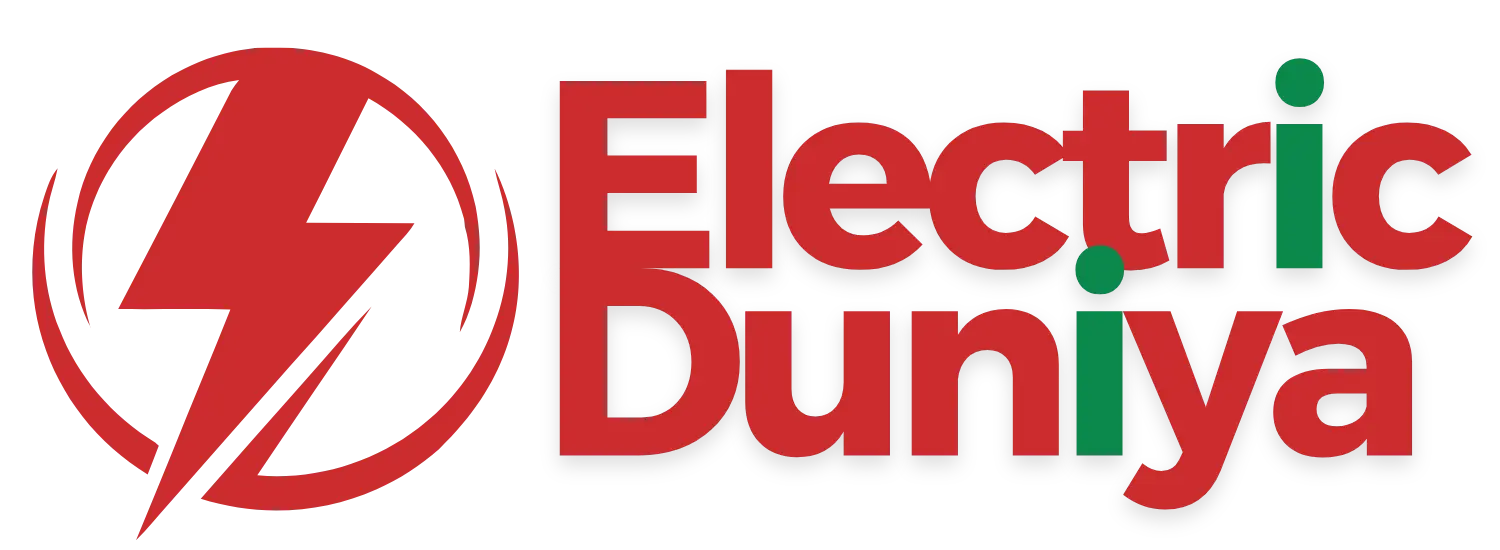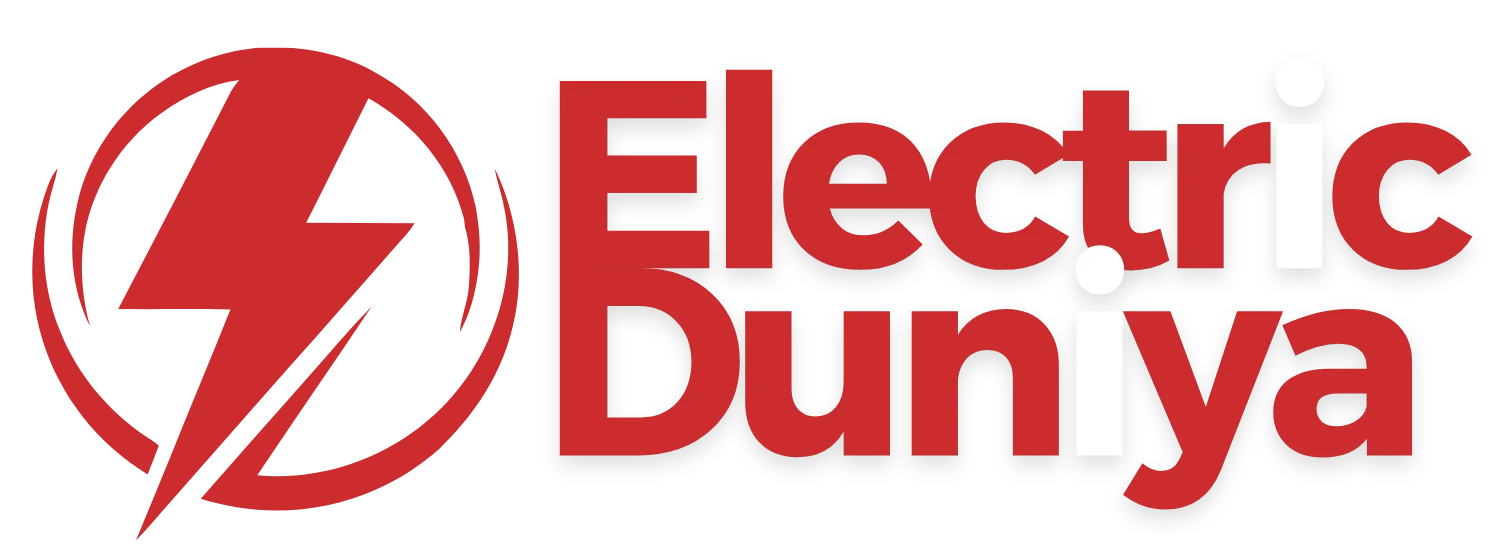Distributed Charging Network
A Distributed Charging Network refers to a decentralized system of electric vehicle (EV) charging stations strategically deployed across multiple locations—such as homes, workplaces, commercial areas, and public roads—designed to enhance accessibility, grid efficiency, and charging convenience.
Overview
The Distributed Charging Network represents a paradigm shift in how electric vehicles receive energy. Rather than relying solely on centralized fast-charging stations or large-scale hubs, this model deploys a wide array of smaller, strategically located chargers to support EV users across diverse environments.
Driven by the need for ubiquitous access, grid flexibility, and reduced range anxiety, distributed charging systems play a critical role in accelerating EV adoption. These networks often include a mix of Level 1 (slow), Level 2 (moderate), and Level 3 (DC fast) chargers installed at homes, office campuses, parking lots, retail centers, and curbside locations.
From a sustainability and infrastructure standpoint, the distributed model is more scalable and cost-effective than concentrated charging depots. It enables load balancing, supports vehicle-to-grid (V2G) capabilities, and can be integrated with renewable energy sources like solar and wind, further reducing the carbon footprint of EV transportation.
How Does It Work?
A Distributed Charging Network operates by interconnecting numerous individual charging units into a digitally managed, interoperable ecosystem. Each charging station—whether public or private—is equipped with a communication module that links to a centralized cloud-based platform or local grid controller.
Through smart charging algorithms, energy demand across the network is optimized in real time. This allows the system to:
-
Adjust power delivery based on grid load
-
Prioritize off-peak charging to reduce costs
-
Integrate renewable energy input when available
-
Enable remote access, diagnostics, and billing
Network operators often use OCPP (Open Charge Point Protocol) to ensure compatibility among different hardware providers. Meanwhile, users interact with the system via mobile apps or RFID-enabled cards, gaining visibility into station availability, charging speed, session history, and pricing.
Additionally, load forecasting and predictive analytics help utility providers and municipalities plan infrastructure upgrades, mitigate congestion, and improve energy resiliency.
Features of Distributed Charging Network
1. Decentralized Deployment
Charging points are spread across multiple urban and rural touchpoints, ensuring localized access and reducing the need for long detours to find a charger. This decentralized nature supports a wide variety of EV use cases.
2. Grid-Friendly Load Management
By balancing demand across hundreds or thousands of chargers, distributed networks can flatten peak loads, enable demand-side response, and support smart grid integration—making charging more sustainable and efficient.
3. Scalable Architecture
These networks are modular and expandable, meaning new stations can be added without overhauling the entire system. This ensures flexibility and future-readiness as EV adoption grows.
4. Interoperability and Open Standards
Using universal protocols like OCPP and OCPI, distributed networks enable cross-provider compatibility. This allows EV drivers to access charging stations operated by different vendors using a single interface or account.
5. User-Centric Interface and Data Access
Most distributed networks come with real-time monitoring, mobile integration, and personalized analytics that empower users to plan routes, compare tariffs, or track environmental impact.
Applications in EV
Urban and Residential Charging
In cities, distributed networks allow residents without private garages to access curbside or shared community chargers. Apartment complexes, gated communities, and housing societies increasingly offer dedicated EV parking bays with Level 2 chargers.
Workplace and Commercial Environments
Corporates and commercial real estate developers integrate EV charging as part of sustainability initiatives, offering employees or customers on-site charging during working hours. These chargers also support fleet electrification for logistics and service-based companies.
Highways and Intercity Networks
Instead of placing all capacity at mega-charging hubs, distributed fast chargers at petrol stations, rest areas, and convenience stores improve coverage and reduce wait times during long-distance travel.
Renewable Energy Integration
Solar-powered distributed chargers or those co-located with microgrids offer off-grid or hybrid solutions, enhancing energy independence in rural or remote locations.
Vehicle-to-Grid (V2G) Enablement
By distributing chargers that support bi-directional power flow, EVs in such networks can act as energy storage devices, sending electricity back to the grid during peak demand periods—enabling a dynamic energy ecosystem.
Conclusion
The Distributed Charging Network is essential for building a resilient, accessible, and future-ready EV infrastructure. By shifting from a centralized model to a more granular, location-aware architecture, it enhances the convenience of charging, reduces infrastructure strain, and promotes wider EV adoption.
As smart cities emerge and the energy transition accelerates, distributed charging will serve as the nervous system of electrified transport—facilitating seamless energy delivery, grid optimization, and sustainable growth. For EV drivers, fleet operators, and urban planners alike, it offers the efficiency, scalability, and adaptability required to meet tomorrow’s mobility needs.

